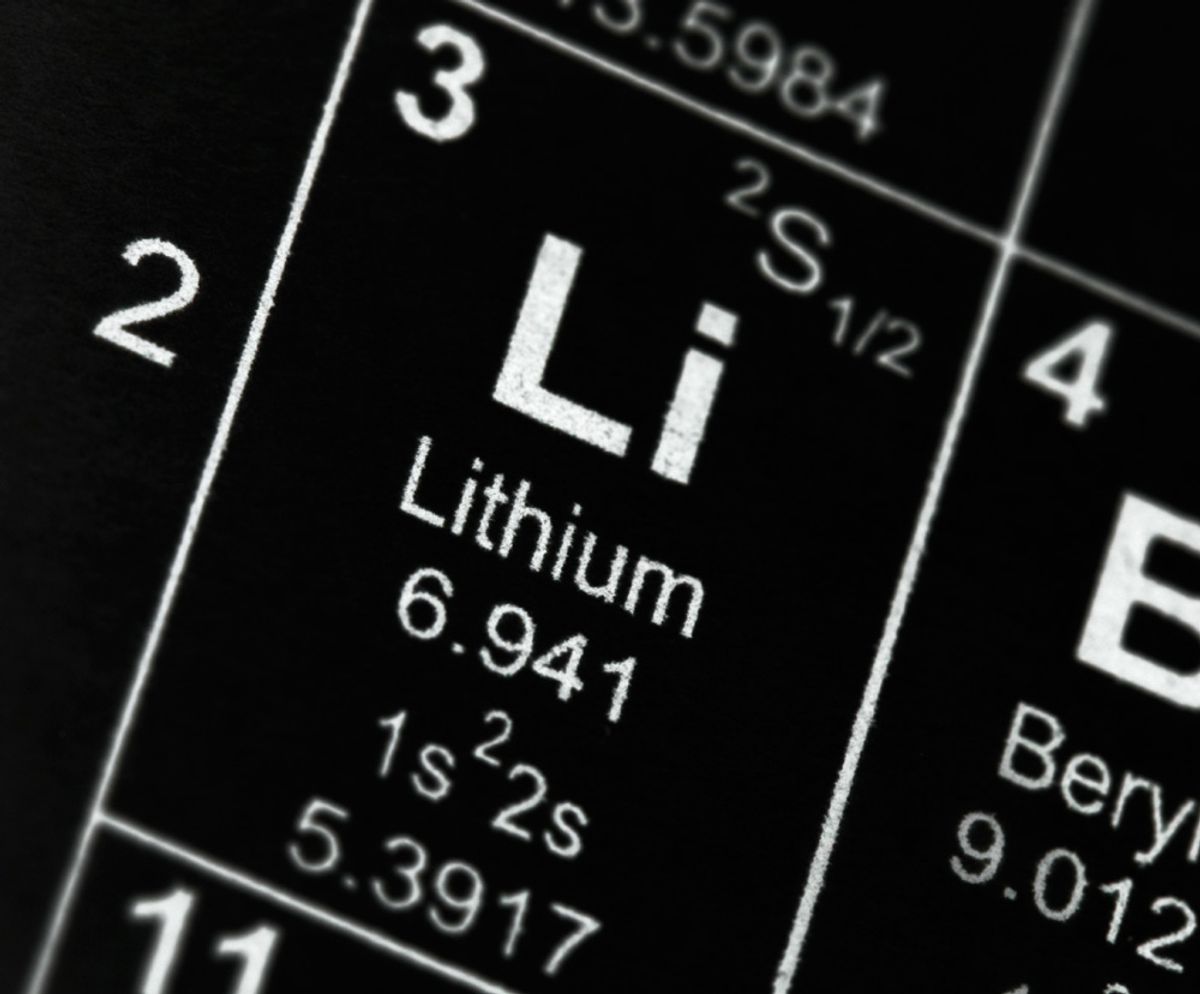20 July 2012—Lithium, the lightest metal, when paired with oxygen from the atmosphere, makes for a tantalizing partnership in a lightweight battery. In theory, this “lithium-air battery” offers several times the energy per kilogram of today’s lithium-ion batteries. But so far, in laboratory tests the lithium gets distracted by dead-end chemical reactions that prevent the batteries from recharging. A one-shot battery is fine for a wristwatch, but not for a next-generation electric vehicle.
Last month, researchers in Rome and Seoul, South Korea, reported designing a lithium-air battery that did not have the recharging problem, achieving approximately 100 charge and discharge cycles with little capacity loss. And this week, a research team led by chemist Peter Bruce of the University of St. Andrews, in Scotland, reports in the journal Science a differently designed lithium-air battery that reached 100 cycles, losing only 5 percent of its capacity in the process. Bruce says that these recent results show that lithium-air batteries can sustain “a truly reversible reaction.” The group measured the mix of chemicals involved, showing that the lithium was really being recycled through a reversible substance, lithium peroxide (Li2O2), during each charge and discharge.
Lithium-air batteries work, at least in theory, by exposing a lithium anode to an electrolyte that grabs its positively charged lithium ions and drives them toward the cathode, made of a different, porous material that allows oxygen from the air to form the crucial lithium peroxide.
But until these latest developments, there wasn’t a good way to reverse the process. “There’s no electrolyte that currently works well,” explains M. Stanley Whittingham, an expert in materials science at Binghamton University, part of the State University of New York. But researchers have made some headway in understanding why that is. Linda Nazar, an energy-storage researcher at the University of Waterloo, in Ontario, Canada, recently reported that carbon, from which most cathodes are made, reacts with lithium, costing the battery some of its ability to recharge. And in some experimental batteries, researchers found that lithium sometimes reacted with the electrolytes.
With that in mind, Bruce and his colleagues replaced the carbon cathode with one made from nanoporous gold and replaced the organic carbonates and ethers used as electrolytes in earlier lithium-air batteries with lithium perchlorate (LiClO4) solvent and dimethyl sulfoxide. When they discharged their battery and measured the resulting chemicals, they found mostly lithium peroxide, a chemical that is easy to use for reversing the reaction—or recharging the battery. “Up to this point, the electrode materials haven’t been able to deliver pure lithium peroxide,” Bruce says. Why it works is a bit of a mystery. The St. Andrews scientists knew gold had been tried in some previous batteries, but they still don’t particularly understand, in detail, what it is about this combination that delivers this, Bruce says.
IBM and some carmakers are exploring lithium-air technology, but it is by no means the front-runner for car batteries, says Whittingham. Such batteries are on the bleeding edge of technology, and currently funding for their research is primarily provided by big risk takers, such as the U.S. Department of Energy’s Advanced Research Projects Agency (ARPA-E). Other ARPA-E–funded projects, such as Pellion, are exploring magnesium as an alternative to lithium for high-density batteries. Magnesium carries two electrons versus lithium’s one, so scientists think it may prove more efficient.
One problem is that in order to provide the same energy as, say, gasoline, lithium-air batteries require more space—although not much more weight—than the fossil fuel. Whittingham predicts that the technology will be used for large, stationary energy-storage applications rather than for portable batteries.
Another problem is that lithium-air batteries are chemically delicate: The lithium gets diverted into dead-end reactions with water or carbon dioxide in the air, so the electrodes in any future battery may need to be sealed or filtered so that they interact only with dry air and the electrolyte, an added expense and complication.
At any rate, the material used by Bruce’s group is handy for experiments but probably too hazardous, expensive, and heavy for commercial use. But University of Cambridge chemist Clare Grey says that identifying stable electrodes and electrolytes will help research on lithium-air batteries, even if there are a large number of practical things that still need to be sorted out before commercial versions hit the road as part of electric vehicles.
About the Author
Lucas Laursen is a freelance journalist based in Madrid. In the May 2012 issue, he reported on biological fuel cells tested in snails.
